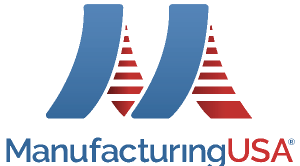
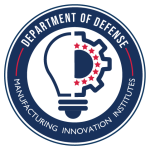
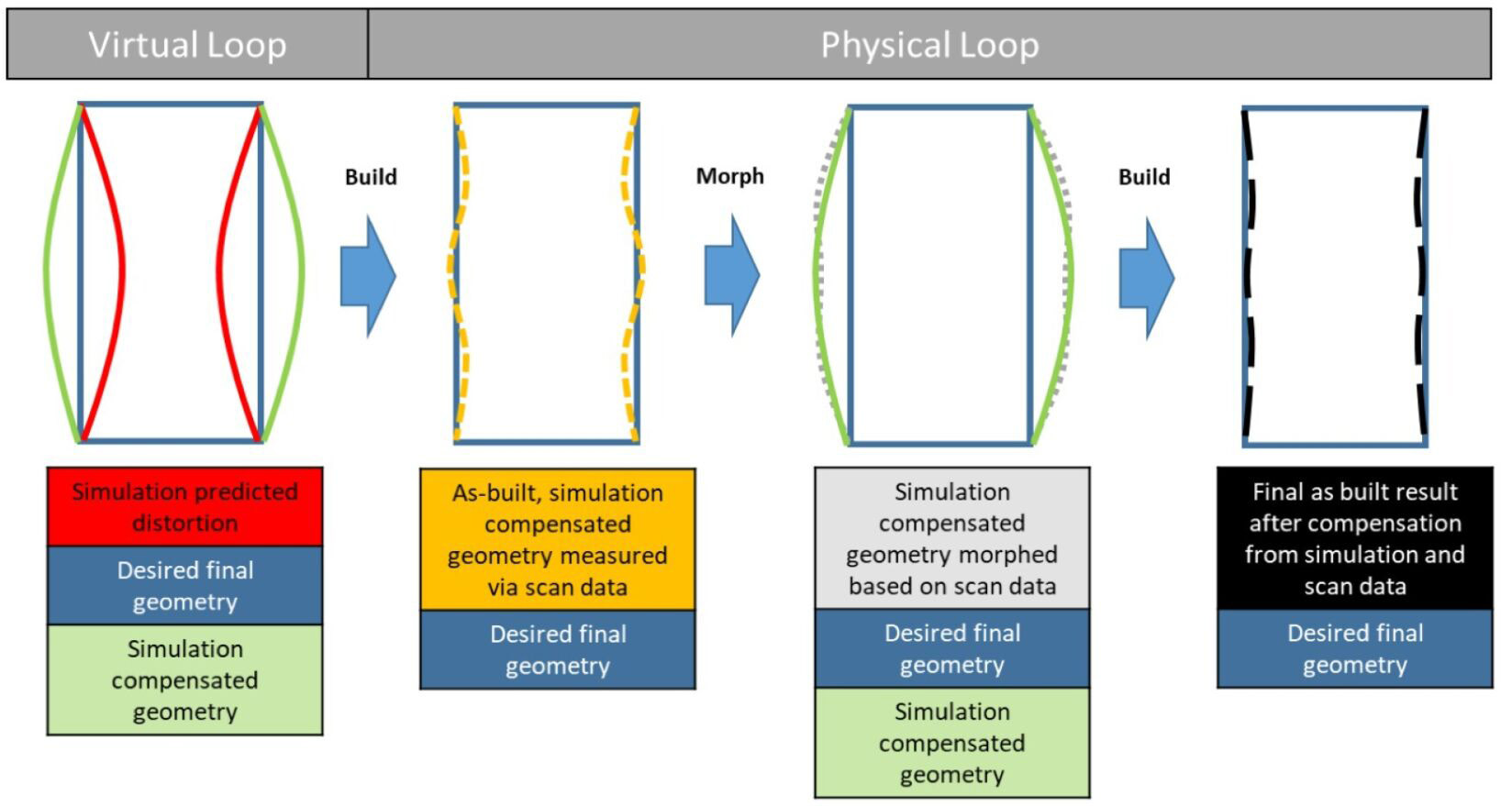
Proposed Workflow Overview
Problem
Residual stresses during a laser powder bed fusion (LPBF) print can cause distortion leading to geometries that do not meet geometric dimensioning and tolerancing (GD&T) requirements. This makes it difficult to design and build a part that meets drawing requirements in a single iteration. This challenge is compounded with additive parts that are joined or assembled as control datums are doubled, and with high-temperature application parts as these parts typically have geometric numerical tolerances in the range of a few thousandths of an inch.
Objective
The objective of this project is to create a workflow that combines compensation from simulation and scans at the individual component and interface level to improve dimensional management and reduce iteration requirements. The project team is measuring success by achieving a 50% increase in dimensional accuracy for 90% of datums and features using physics-based process simulation alone. After all post-process steps are completed, a comparison will be made to the baseline prints.
Technical Approach
The technical approach focuses on taking a complex propulsion component that is too large for a single monolithic print, splitting it into two parts, and moving each through combined simulation and metrology-based compensation workflow. Each part, with its own critical assembly interface, will be taken through the workflow comprised of:
- Iterative process simulation and compensation
- Initial build and post-processing
- Metrology-based compensation
- Iteration build and post-processing
- Metrology-based validation
The Ohio State University (OSU) will demonstrate the utility of the proposed workflow to mitigate the challenges posed by complex assemblies with exacting tolerances.
Project Participants
Project Principal
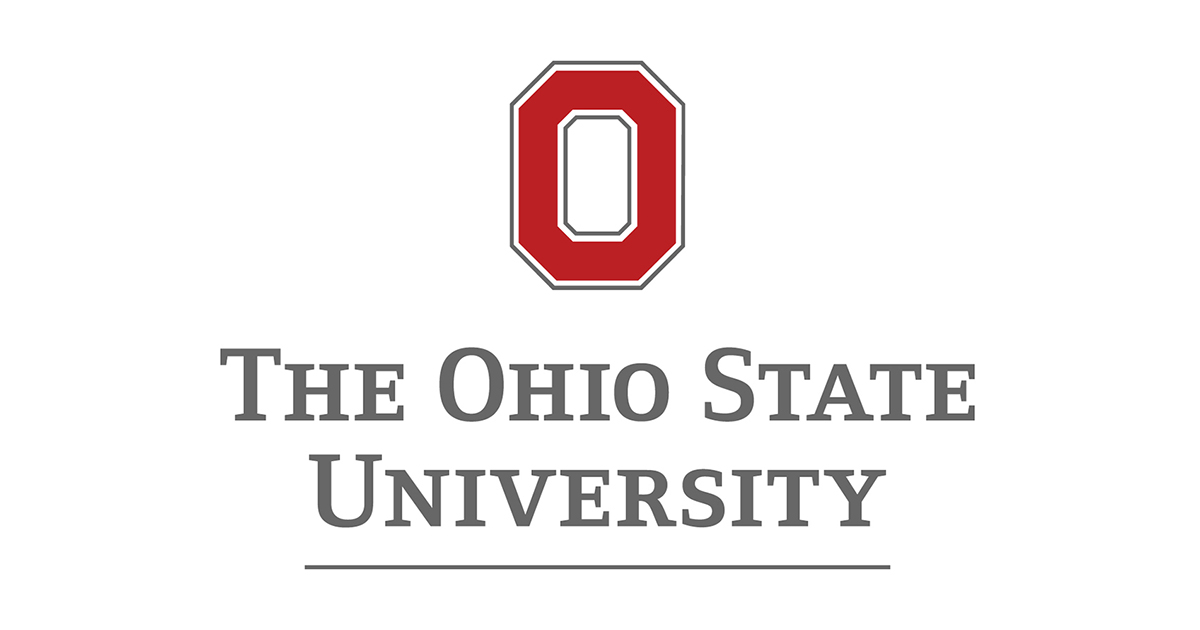
Other Project Participants
- Hexagon
- 3Degrees
- Northrup Grumman
- Lockheed Martin
- Collins Aerospace
Public Participants
- U.S. Department of Defense
